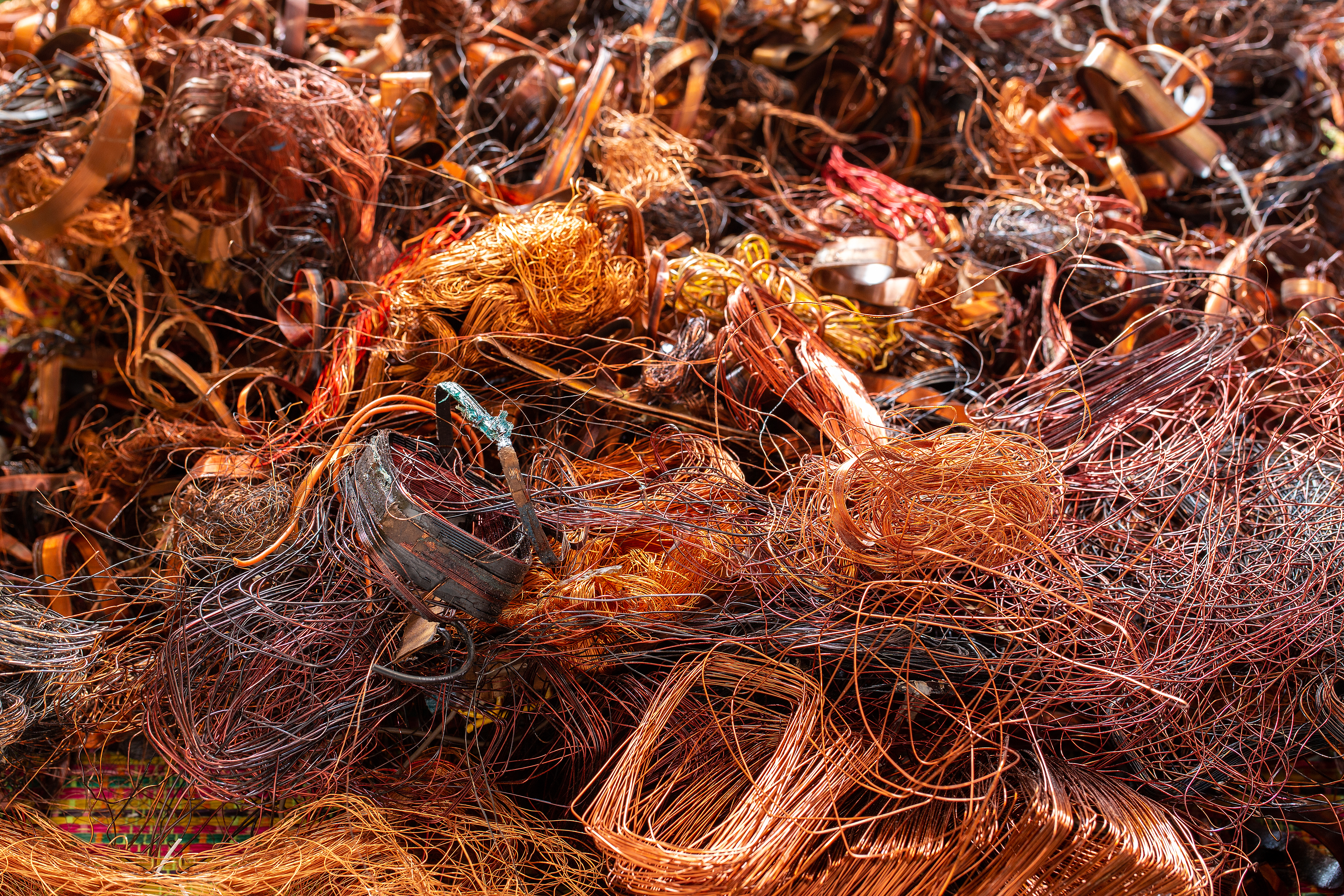China’s tariff on US copper scrap imports to impact the entire copper value chain
News Analysis

8
Apr
2025
China’s tariff on US copper scrap imports to impact the entire copper value chain
China is set to implement a 34% tariff on US copper scrap imports. In the context of a tight copper concentrate market, the implied cost increase will exert additional pressure on Chinese smelters.
China’s decision to impose a 34% tariff on US copper scrap imports is not good news for the Chinese copper industry. With nearly 20% of China’s copper scrap supply coming from the USA, the sudden cost increase will exert further stress on an industry already under pressure from a global shortfall in copper concentrate.
While concentrate remains the dominant input, copper scrap—especially high-grade No. 1 and No. 2 copper—plays a crucial role in balancing feedstock economics and ensuring operational flexibility. Concentrate supplies have tightened over the past 18 months with production disruptions in Chile and Peru. This has been reflected in treatment and refining charges (TC/RCs), which have fallen to multi-year lows, signalling strong competition among smelters for scarce material. In a tight concentrate market, scrap becomes essential.
The 34% tariff effectively raises the cost of importing US scrap above global market parity, rendering it economically unviable for most smelters. With few alternative suppliers able to match the scale and consistency of US exporters, the immediate concern is feedstock substitution. Many Chinese smelters—especially those operating older, less flexible furnaces—require specific scrap grades to maintain efficiency and emissions compliance. The loss of high-grade US material could force smelters to downgrade to lower-quality alternatives, reducing metal recovery rates and increasing energy consumption and slag production.
The main implications for the copper industry can be summarised as follows:
- Additional pressure on TC/RCs: increased reliance on concentrate could exert further pressure on TC/RCs, especially given the currently tight concentrate market.
- Potential production cuts: smelters operating older, less efficient operations may cut production owing to negative margins.
- China could turn to other copper scrap exporters: such exporters could include Malaysia, Thailand, the Philippines, and even some European or Latin American countries. Southeast Asia has become a key intermediary hub for copper scrap, with Malaysia accounting for 12% of China’s copper scrap imports.
- Export volume/trade flow shifts: as direct US-to-China copper scrap trade drops, US exports to Southeast Asia may rise. A sudden surge in copper anode or blister exports from countries such as Malaysia to China could indicate that this rerouting is happening.
- However, China could tighten any loopholes. If rerouting becomes too obvious or widespread, China might adjust rules or impose country-of-origin checks, as it did during the aluminium scrap rerouting years.
- China’s significant smelting capacity can, in theory, accommodate lower-grade copper scrap, although lower-grade scrap has more impurities and contaminants, translating to less copper yield per ton. This makes lower-grade scrap less efficient and raises operating costs for smelters. Furthermore, processing dirtier scrap domestically increases environmental burdens.
As mentioned above, the tariff, if confirmed, will exert additional pressure on copper concentrate and TC/RCs, although some mitigation could come from lower demand from smelters if closures occur due to higher scrap prices. We expect the materialisation of an export volume/trade flow shift with more scrap processed in Southeast Asia (primarily Malaysia) and exported to China. Malaysia can take both No. 2 copper and mixed shredded material for further refining. Project Blue believes that scrap will become an increasingly important feedstock source due to chronic primary copper production constraints, including falling grades, increasing CAPEX, and regulatory issues. Wider market implications could include increased demand for other intermediate products such as blister, anode, and even cathode (if secondary supply tightens significantly).
Should the world shift from global to regional blocks, we foresee growing integration between China and Southeast Asia, as mentioned above, for the upgrade of copper scrap. Considering a more long-term perspective, China would have to reassess its raw material sourcing strategy, possibly accelerating investment in recycling technology or developing scrap collection infrastructure abroad. While the tariff may target scrap, its impact will echo across the entire copper value chain.